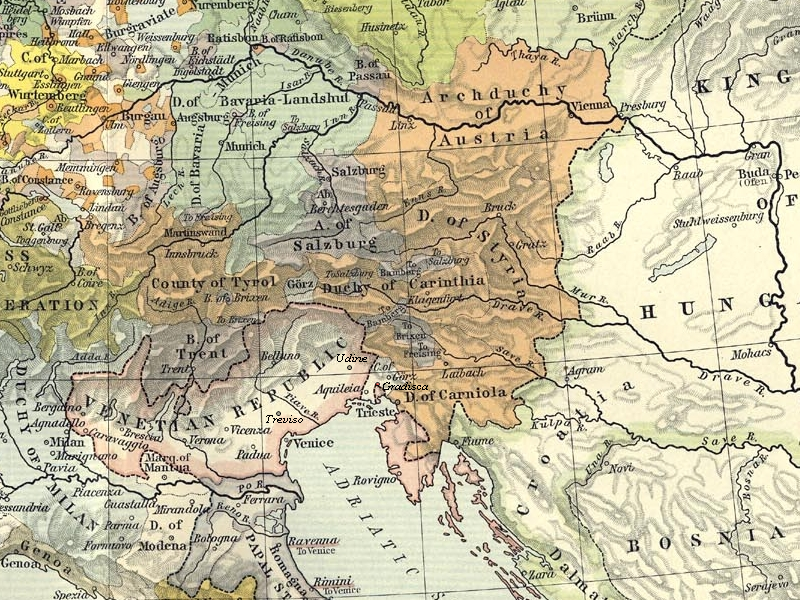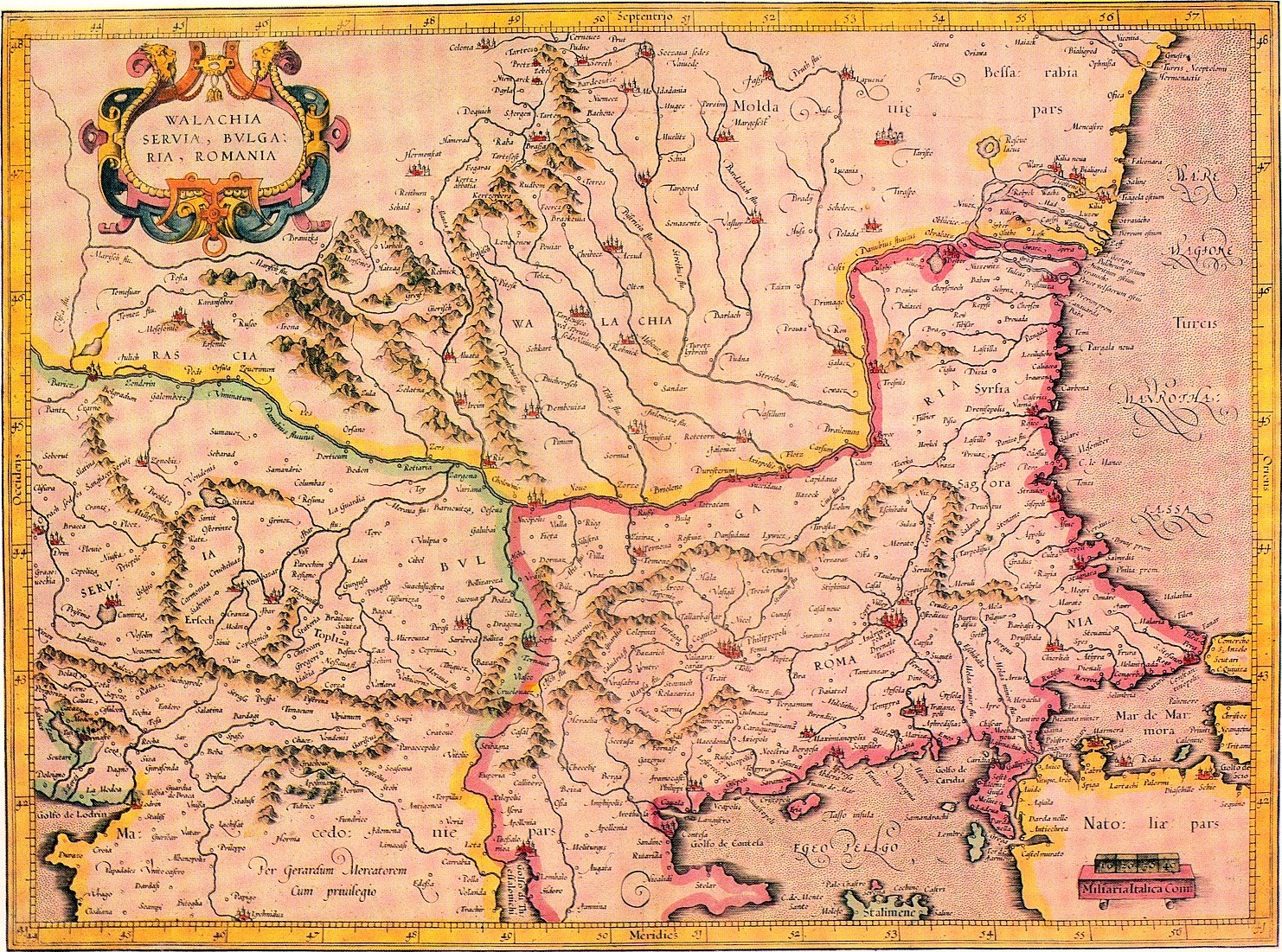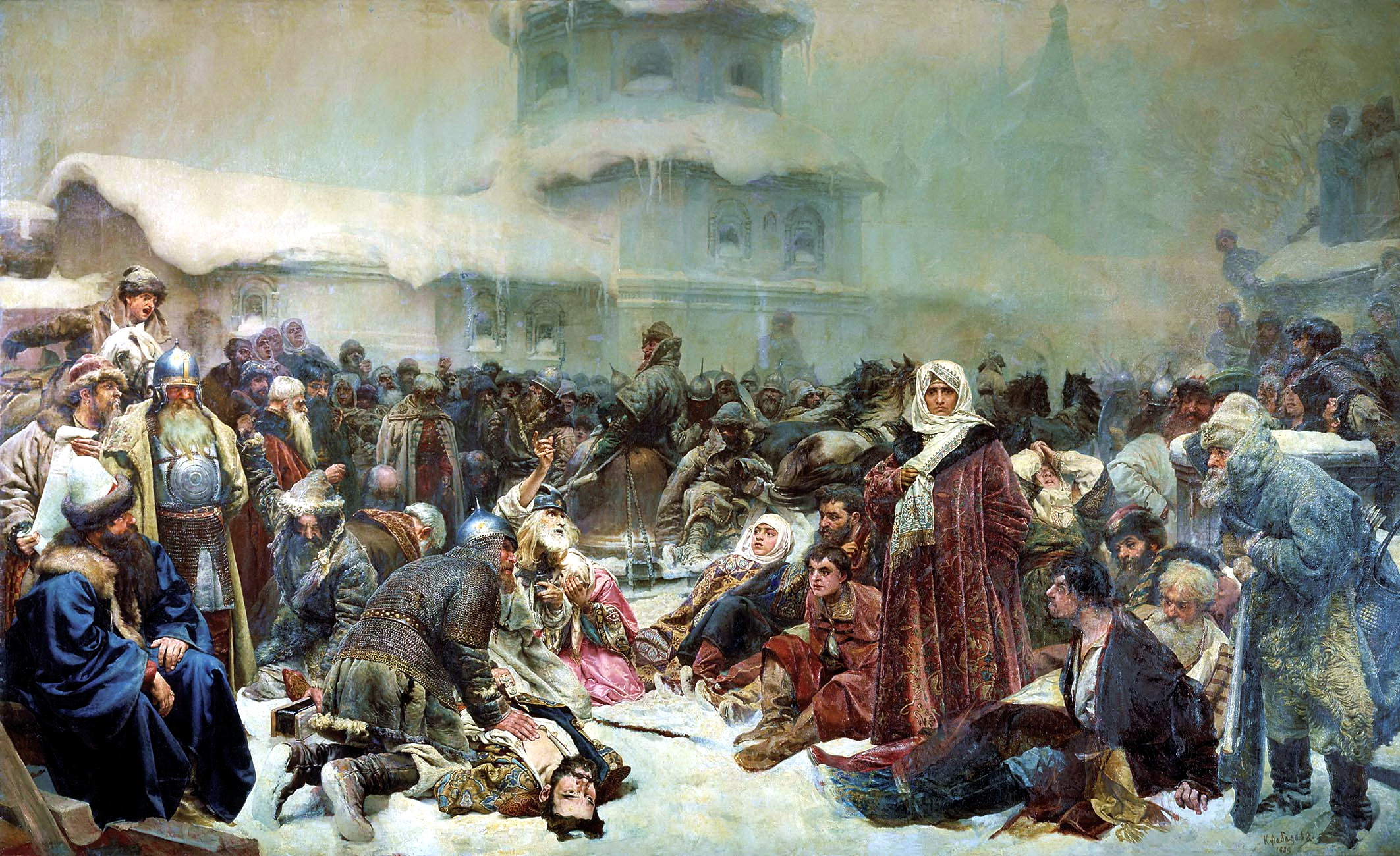|
Siege Of Retz
The siege of Retz was a conflict between the Holy Roman Empire and the Kingdom of Hungary in 1486. It was part of the Austro-Hungarian War. The Hungarian capture of the town eventually led to the prosperity of its wine industry. The siege After the fall of Laa the Hungarian King Matthias Corvinus turned to Retz. He was accompanied by his son John Corvinus. He divided his army into three branches, one composed of mainly Bohemians, the second of Hungarians, and the third of the light cavalry of the Raci. He besieged the town with them on 4 October. The town was heavily fortified and required the engagement of siege weaponry. The garrison accomplished several break-outs, targeting the supply transports for the besiegers' encampment. These skirmishes caused minor casualties but were disturbing enough to make the kingng decide to draw the encirclement closer to the walls and to order their cannon bombardment. His army also undermined the towers of the town fort. The citizens of Retz ... [...More Info...] [...Related Items...] OR: [Wikipedia] [Google] [Baidu] |
Austrian–Hungarian War (1477–1488)
The Austrian–Hungarian War was a military conflict between the Kingdom of Hungary under Mathias Corvinus and the Habsburg Archduchy of Austria under Frederick V (also Holy Roman Emperor as Frederick III). The war lasted from 1477 to 1488 and resulted in significant gains for Matthias, which humiliated Frederick, but which were reversed upon Matthias' sudden death in 1490. Conflict Matthias and Frederick III/V had been rivals stretching back to Matthias' succession as King of Hungary in 1458 after the early death of Frederick's Habsburg cousin King Ladislaus the Posthumous. At this time, Frederick held the Holy Crown of Hungary and was a candidate for becoming Hungarian king himself. Matthias, backed by the Bohemian king George of Poděbrady whose daughter Catherine (1449–1464) he married in 1461, finally prevailed: the two rivals settled their disagreements in 1463 with the Treaty of Wiener Neustadt, in which Frederick recognized the ''de facto'' King of Hungary and returne ... [...More Info...] [...Related Items...] OR: [Wikipedia] [Google] [Baidu] |
Raci (ethnonym)
Rascians ( sr, Раши, Рашани / ''Raši, Rašani''; la, Rasciani, Natio Rasciana) was a historical term for Serbs. The term was derived from the Latinized name for the central Serbian region of Raška ( la, Rascia; sr-Cyrl, Рашка). In medieval and early modern Western sources, exonym ''Rascia'' was often used as a designation for Serbian lands in general, and consequently the term ''Rasciani'' became one of the most common designations for Serbs. Because of the increasing migratory concentration of Serbs in the southern Pannonian Plain, since the late 15th century, those regions also became referred to as ''Rascia'', since they were largely inhabited by ''Rasciani'' (Rascians). Among those regions, term ''Rascia'' (Raška) was most frequently used for territories spanning from western Banat to central Slavonia, including the regions of Syrmia, Bačka, and southern Baranja. From the 16th to the 18th century, those regions were contested between the Ottoman Empire an ... [...More Info...] [...Related Items...] OR: [Wikipedia] [Google] [Baidu] |
Sieges Involving Hungary
A siege is a military blockade of a city, or fortress, with the intent of conquering by attrition, or a well-prepared assault. This derives from la, sedere, lit=to sit. Siege warfare is a form of constant, low-intensity conflict characterized by one party holding a strong, static, defensive position. Consequently, an opportunity for negotiation between combatants is common, as proximity and fluctuating advantage can encourage diplomacy. The art of conducting and resisting sieges is called siege warfare, siegecraft, or poliorcetics. A siege occurs when an attacker encounters a city or fortress that cannot be easily taken by a quick assault, and which refuses to surrender. Sieges involve surrounding the target to block the provision of supplies and the reinforcement or escape of troops (a tactic known as "investment"). This is typically coupled with attempts to reduce the fortifications by means of siege engines, artillery bombardment, mining (also known as sapping), or the us ... [...More Info...] [...Related Items...] OR: [Wikipedia] [Google] [Baidu] |
Sieges Involving The Holy Roman Empire
A siege is a military blockade of a city, or fortress, with the intent of conquering by attrition, or a well-prepared assault. This derives from la, sedere, lit=to sit. Siege warfare is a form of constant, low-intensity conflict characterized by one party holding a strong, static, defensive position. Consequently, an opportunity for negotiation between combatants is common, as proximity and fluctuating advantage can encourage diplomacy. The art of conducting and resisting sieges is called siege warfare, siegecraft, or poliorcetics. A siege occurs when an attacker encounters a city or fortress that cannot be easily taken by a quick assault, and which refuses to surrender. Sieges involve surrounding the target to block the provision of supplies and the reinforcement or escape of troops (a tactic known as "investment"). This is typically coupled with attempts to reduce the fortifications by means of siege engines, artillery bombardment, mining (also known as sapping), or the use ... [...More Info...] [...Related Items...] OR: [Wikipedia] [Google] [Baidu] |
1486 In Europe
Year 1486 ( MCDLXXXVI) was a common year starting on Sunday (link will display the full Julian calendar for the year). Events January–December * January 18 – King Henry VII of England and Elizabeth of York are married, uniting the House of Lancaster and the House of York, after the Wars of the Roses. * February 16 – Archduke Maximilian I of Habsburg is elected King of the Romans at Frankfurt (crowned April 9 at Aachen). * February 18 – Lord Chaitanya Mahaprabhu is born in the town of Nadia, West Bengal, India, just after sunset. He is regarded as an incarnation, or avatar, of Lord Krsna, and later comes to inaugurate the sankirtana movement, or the chanting of the Holy Names of the Lord. This chanting, or mantra meditation, is first brought to the United States in 1965, by A.C. Bhaktivedanta Swami Prabhupada. * April 21 – The adoption of the ''Sentència Arbitral de Guadalupe'' ends the War of the Remences, in the Principality of C ... [...More Info...] [...Related Items...] OR: [Wikipedia] [Google] [Baidu] |
Antonio Bonfini
Antonio Bonfini (Latin variant: ''Antonius Bonfinius'') (1427‒1502) was an Italian humanist and poet who spent the last years of his career as a court historian in Hungary with King Matthias Corvinus Matthias Corvinus, also called Matthias I ( hu, Hunyadi Mátyás, ro, Matia/Matei Corvin, hr, Matija/Matijaš Korvin, sk, Matej Korvín, cz, Matyáš Korvín; ), was King of Hungary and Croatia from 1458 to 1490. After conducting several mi .... Bonfini was commissioned by Matthias Corvinus to produce a work chronicling the History of Hungary. The book was named ''Historia Pannonica: Sive Hungaricarum Rerum Decades IV''. References [...More Info...] [...Related Items...] OR: [Wikipedia] [Google] [Baidu] |
Ivan III Of Russia
Ivan III Vasilyevich (russian: Иван III Васильевич; 22 January 1440 – 27 October 1505), also known as Ivan the Great, was a Grand Prince of Moscow and Grand Prince of all Rus'. Ivan served as the co-ruler and regent for his blind father Vasily II from the mid-1450s before he officially ascended the throne in 1462. He multiplied the territory of his state through war and through the seizure of lands from his dynastic relatives, ended the dominance of the Tatars over Russia, renovated the Moscow Kremlin, introduced a new legal codex and laid the foundations of the Russian state. His 1480 victory over the Great Horde is cited as the restoration of Russian independence, 240 years after the fall of Kiev in the Mongol invasion of Kievan Rus'. Ivan was the first Russian ruler to style himself "tsar", albeit not as an official title. Through marriage to Sofia Paleologue, he made the double-headed eagle Russia's coat of arms and adopted the idea of Moscow as Third Ro ... [...More Info...] [...Related Items...] OR: [Wikipedia] [Google] [Baidu] |
Grand Duke Of Moscow
This is a list of all reigning monarchs in the history of Russia. It includes the princes of medieval Rus′ state (both centralised, known as Kievan Rus′ and feudal, when the political center moved northeast to Vladimir and finally to Moscow), tsars, and emperors of Russia. The list begins with the semi-legendary prince Rurik of Novgorod, sometime in the mid 9th century ( 862) and ends with emperor Nicholas II who abdicated in 1917, and was executed with his family in 1918. The vast territory known today as Russia covers an area that has been ruled by various polities, including Kievan Rus', the Grand Duchy of Moscow, the Tsardom of Russia and the Russian Empire, and the sovereigns of these many nations and throughout their histories have used likewise as wide a range of titles in their positions as chief magistrates of a country. Some of the earliest titles include ''kniaz'' and ''velikiy kniaz'', which mean "prince" and "grand prince" respectively but are often ren ... [...More Info...] [...Related Items...] OR: [Wikipedia] [Google] [Baidu] |
Budapest
Budapest (, ; ) is the capital and most populous city of Hungary. It is the ninth-largest city in the European Union by population within city limits and the second-largest city on the Danube river; the city has an estimated population of 1,752,286 over a land area of about . Budapest, which is both a city and county, forms the centre of the Budapest metropolitan area, which has an area of and a population of 3,303,786; it is a primate city, constituting 33% of the population of Hungary. The history of Budapest began when an early Celtic settlement transformed into the Roman town of Aquincum, the capital of Lower Pannonia. The Hungarians arrived in the territory in the late 9th century, but the area was pillaged by the Mongols in 1241–42. Re-established Buda became one of the centres of Renaissance humanist culture by the 15th century. The Battle of Mohács, in 1526, was followed by nearly 150 years of Ottoman rule. After the reconquest of Buda in 1686, the ... [...More Info...] [...Related Items...] OR: [Wikipedia] [Google] [Baidu] |
John Corvinus
John Corvinus ( Hungarian: ''Corvin János'', Croatian: ''Ivaniš Korvin'', Romanian: ''Ioan Corvin''; 2 April 1473 – 12 October 1504) was the illegitimate son of Matthias Corvinus, King of Hungary, and his mistress, Barbara Edelpöck. Biography Early life Born in Buda, he took his name from the raven (Latin: ''corvus'') in his father's escutcheon. Matthias originally intended him for the Church, but on losing all hope of offspring from his queen, Beatrice of Naples, determined, towards the end of his life, to make the youth his successor on the throne. He loaded him with honours and riches until he was by far the wealthiest magnate in the land. He publicly declared him his successor, created him a prince with vast apanages in Silesia (Duchy of Głogów) made the commandants of all the fortresses in the kingdom take an oath of allegiance to him, and tried to arrange a marriage for him with Bianca Maria Sforza of Milan, a project which was frustrated by the intrigues of Queen ... [...More Info...] [...Related Items...] OR: [Wikipedia] [Google] [Baidu] |







